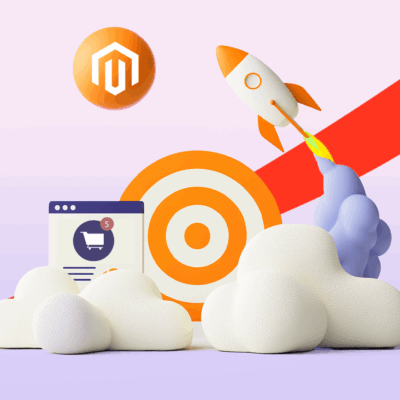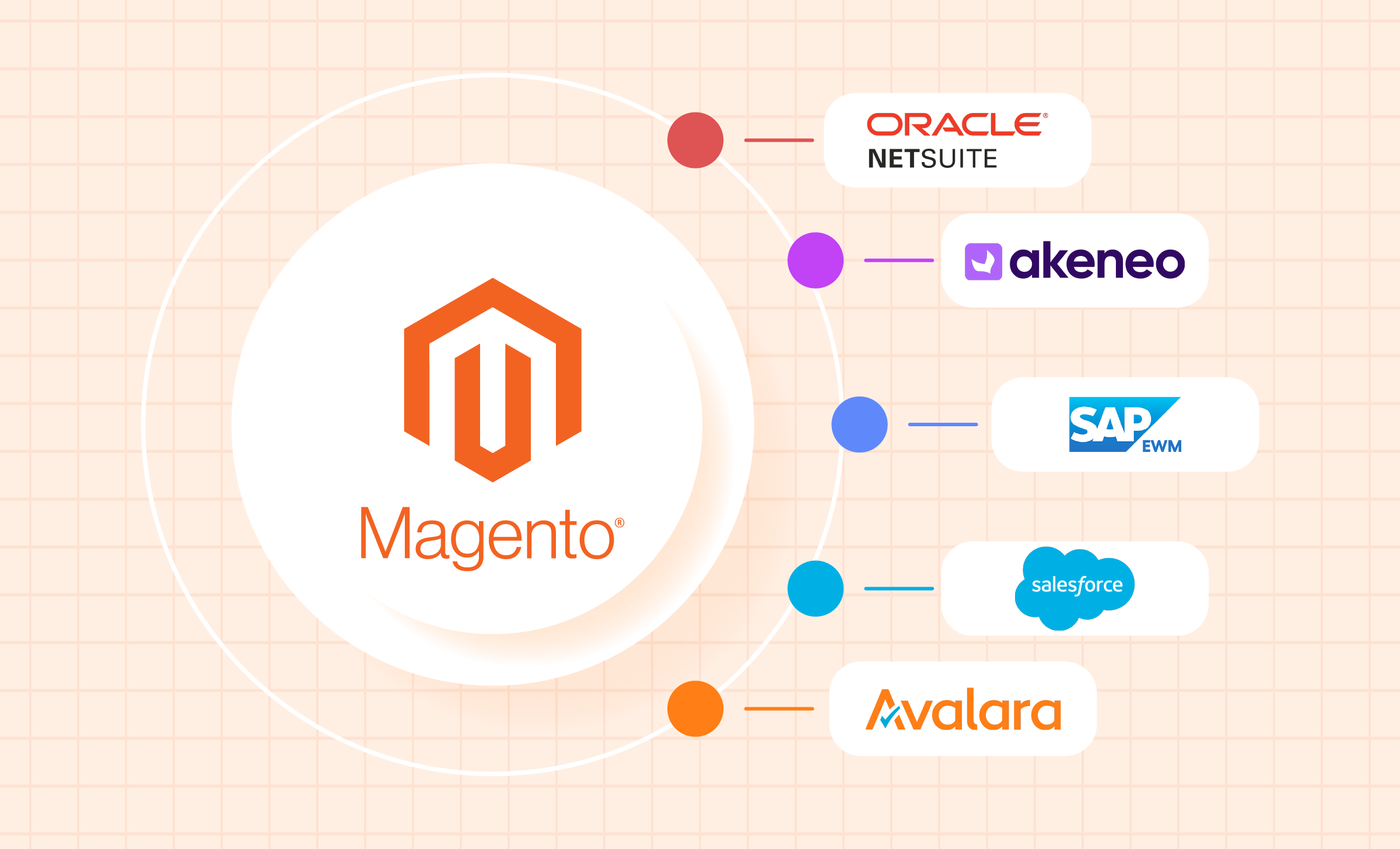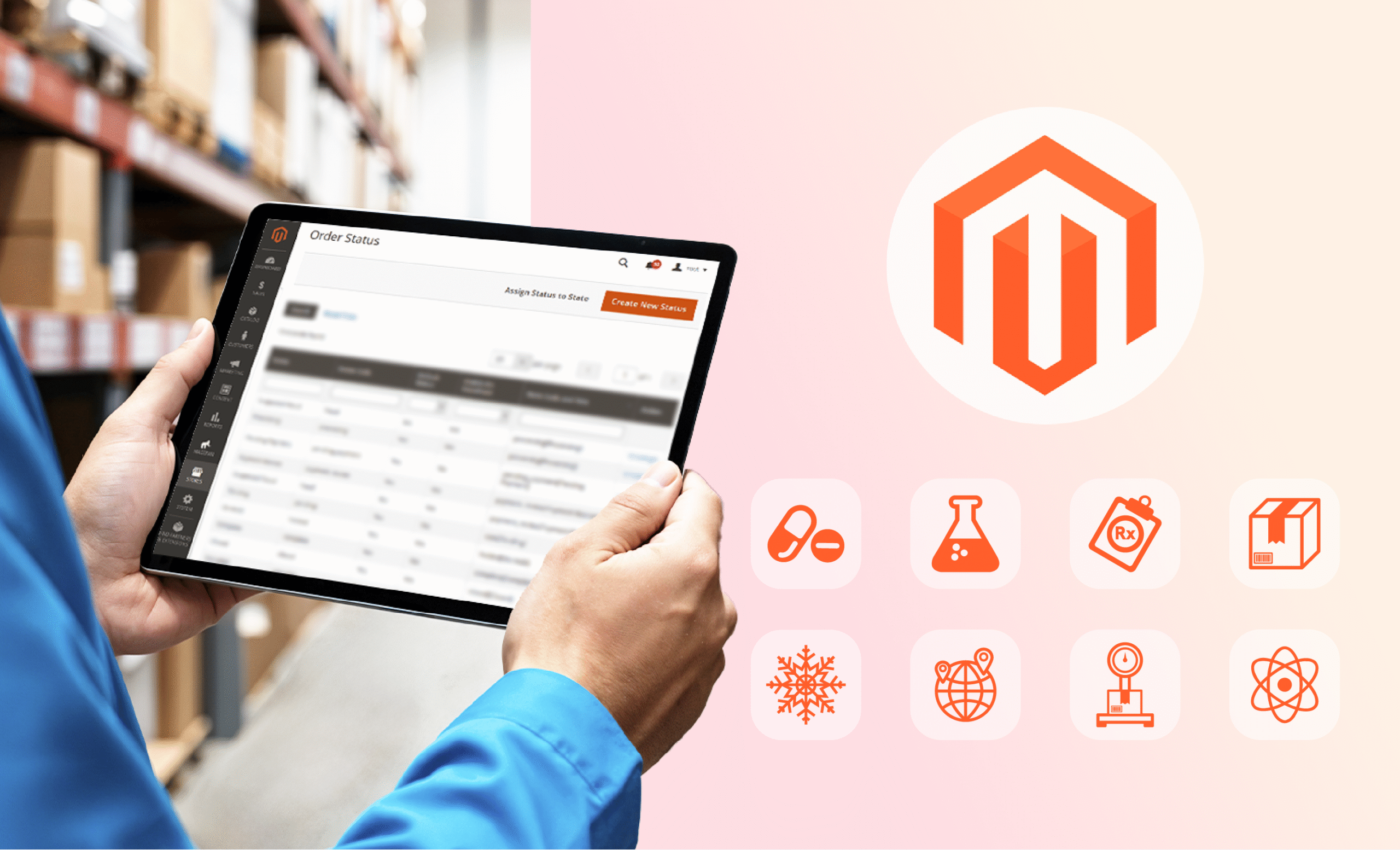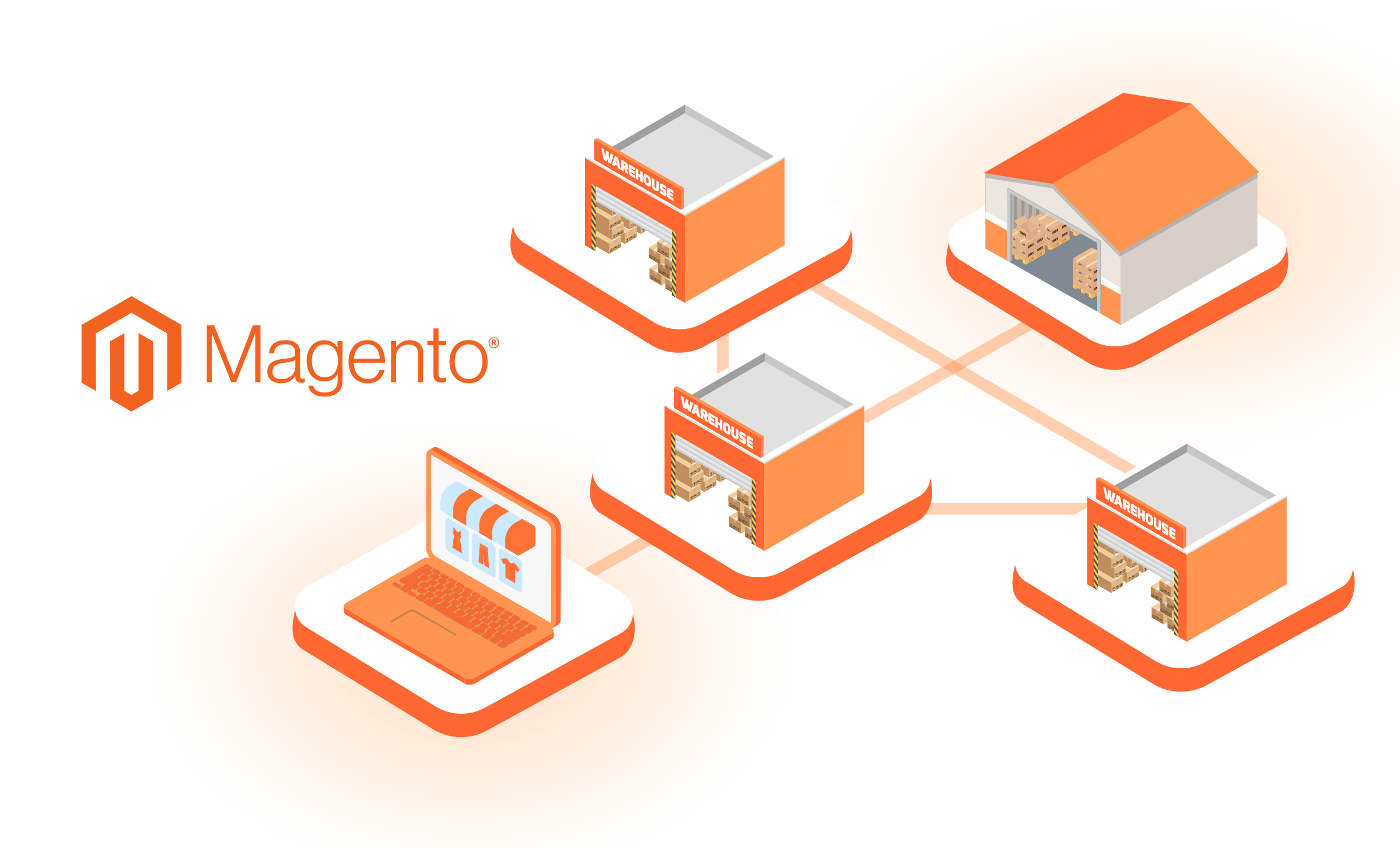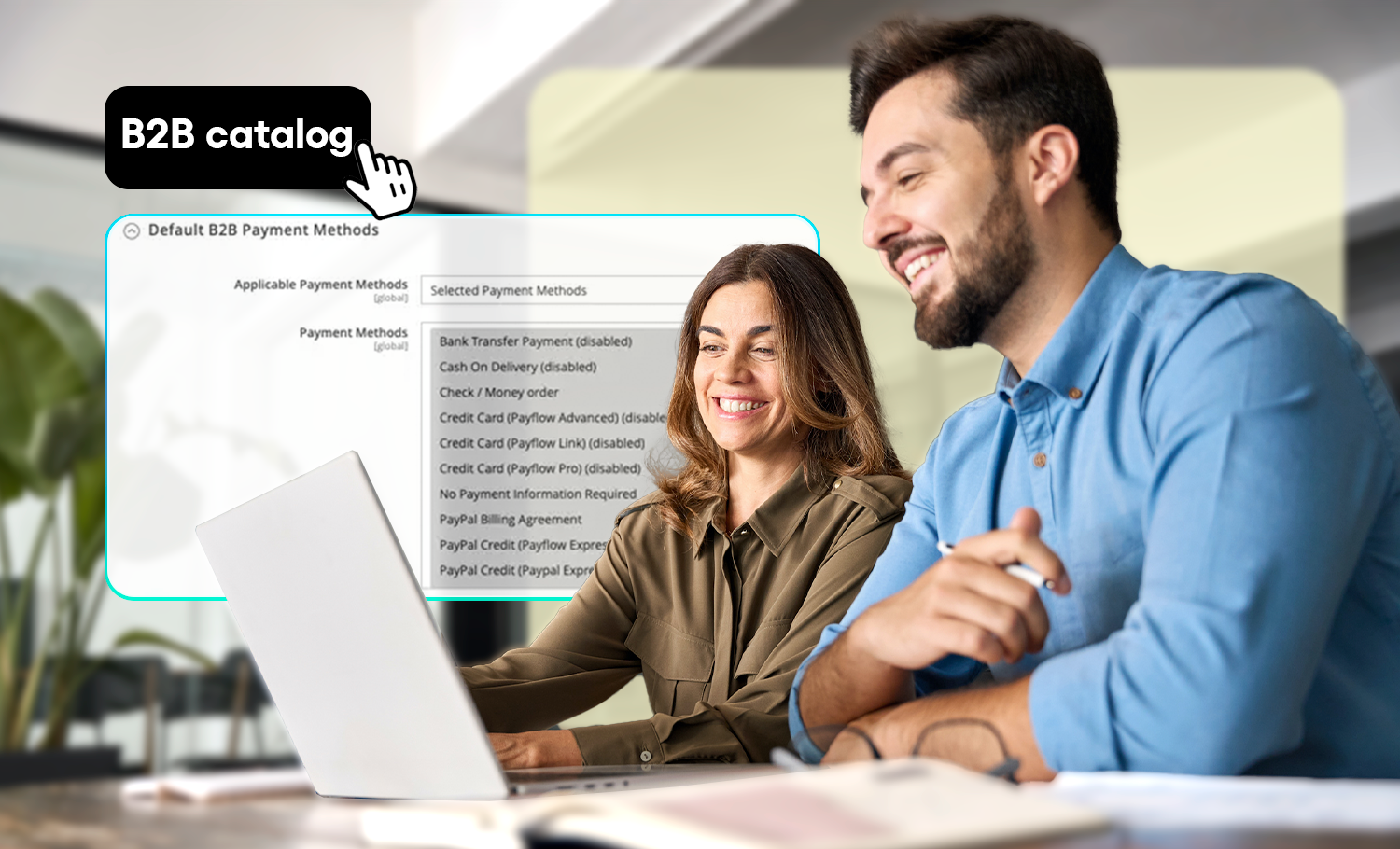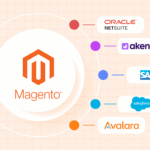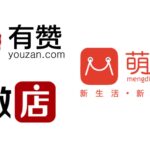If you work in eCommerce, you already understand the value of upselling. A 2025 study by McKinsey found that brands using targeted cross-sell and category penetration strategies saw a 20% lift in sales and over 30% increase in profits. Despite this, 60% of companies still fail to use real-time customer interaction data to inform these efforts, according to a report by Accenture. Instead, most brands still approach upselling reactively or as an afterthought, limited to checkout prompts or post-purchase emails rather than embedded across the entire customer journey.
In this article, we’ll look at how to design a full-funnel flow for upselling, what best practices to follow, and how enterprise solutions like Magento and Adobe AEM support intelligent upsell logic through modular content, real-time segmentation, and extensibility. The goal is to increase your store’s commercial efficiency without compromising UX or platform performance.
TMO helps brands deliver highly personalized eCommerce experiences with custom development for tools like Magento and Adobe Experience Manager (AEM).
When Trying to Upsell, Context Is Non-Negotiable
According to Forrester, product recommendations can account for 10 to 30 percent of eCommerce revenue. However, not all upsells are good upsells, and the return will ultimately depend on relevance (what you show, to whom) and timeliness (when). Consider the following examples:
- B2B buyer: If a user logs in under a wholesale account, their pricing logic and upsell opportunities should reflect account tier and purchase volume, not standard consumer bundles.
- Returning user: If a customer already bought a product bundle last month, offering the same one again on their next visit adds clutter. A relevant replenishment item or accessory would convert better.
- First-time visitor on mobile: Pushing a $300 upsell on a brand-new user unfamiliar with your store (especially on a small screen) adds risk. A lower-friction nudge like free shipping over a certain amount is more appropriate.
Thus, in order to be effective upselling needs to done in a context-aware manner that adapts to information including (but not limited to):
- Traffic source (e.g. search ad, email campaign, WeChat post)
- User type (new, returning, B2B, high-LTV)
- Cart size or contents
- Device type or session behavior
Cross/Upselling Only Works When It's Frictionless
Besides relevancy and timeliness, a third key to effective cross-selling and upselling is low-friction: you cannot afford to make it a tax on user experience. In other words, it should always help the user complete their goal and not interrupt it.
The moment an upsell interrupts the user’s flow or introduces confusion, you run the risk of increased abandonment. Ambiguous messaging, delayed load times, or unnecessary steps are some of the most common culprits behind cart abandonment. For example, a “Recommended for You” section that takes users to another product page mid-checkout can spike abandonment. Similarly, untested personalization logic can result in mismatched suggestions, damaging user trust.
Learn why a Checkout Drop? How Customization Can Boost Your ConversionsTailoring checkout to your business is key to healthier conversion rates. Learn how to diagnose and approach your store's next optimization.low-friction checkout experience is essential for sustaining conversion rates.
Let's take a look at some simple upselling opportunities and which stage of the shopping process are they most suitable for:
| Funnel Stage | Upsell Opportunities |
|---|---|
| Landing/Product Page | Promote premium bundles, show upgrade comparisons, highlight customer-favorite add-ons |
| Cart | Surface cross-sells (complementary items), volume discounts, tiered pricing incentives |
| Checkout | Inject logic-based offers tied to cart value, shipping method, or customer group |
| Post-Purchase | Encourage repeat purchases with loyalty offers, reorder reminders, or service add-ons |
| Re-engagement | Retarget users with personalized upsell campaigns based on browsing or purchase history |
Whether you're suggesting add-ons before checkout, upgrading product bundles on PDPs, or nudging subscription options during account creation, upsells must feel native to the experience instead of a redirection or a barrier.
Test for Speed, Clarity, and Interaction cost.
To ensure a low-friction experience, upsell logic should respect user intent and interface context. Avoid:
- Sudden redirects
- Non-dismissable pop-ups
- Contradictory messages.
Platform flexibility is critical here. You need systems that support dynamic, rules-based logic with low latency and UI coherence. Solutions like Magento allows for layered condition-based promotions, block-level control over checkout modules, and logic-based display triggers (e.g., cart contents, user tags) while AEM further supports seamless component-level personalization with real-time decisioning, ensuring the upsell content doesn't interrupt the flow but enhances it.
China as a Benchmark for Integrated Upsell Logic
When it comes to full-funnel optimization, China offers one of the most advanced and instructive digital commerce environments. At TMO, we’ve helped numerous brands localize their architecture and user experience for this market. Let's look at some of the most common upsell tactics that we can find on Chinese platforms:
- Contextual Add-ons: On JD.com and Pinduoduo, warranties, extended services, or compatible accessories are offered in-cart or even earlier and are strongly driven by product logic and customer type.
- Dynamic Bundling: Mini programs surface “buy together” options or auto-bundled SKUs based on behavior or purchase intent, not static rule sets.
- Post-Purchase Triggers: After payment, users are nudged toward gifting, upsize options, or VIP services without navigating away from the order screen.
- Social-Based Prompts: WeChat’s integration allows recommendations based on friend activity or what’s trending in the user’s network.
Effective 3 WeChat Loyalty Program lessons from top eCommerce brandsWe explore key eCommerce features from Loyalty Programs in the WeChat mini-program ecosystem & how top brands use them to drive sales.WeChat loyalty programs are essential for driving repeat purchases and upsells in China.
When looking at these examples, we can see some best practices that are applicable for other markets as well. The point is not to replicate the visual patterns, but to adopt the underlying principle: upselling works best when it’s integrated at the system level.
- A Mobile-Native UX: Fast-loading, gesture-friendly interfaces tuned for frequent mobile use.
- Real-Time Infrastructure: Inventory, behavioral signals, and CRM data feed directly into upsell surfaces.
- Full-Stack Integration: Checkout, payment, fulfillment, and messaging are coordinated in a single flow.
Magento enables logic-driven upsells based on cart contents, customer attributes, or session behavior. AEM supports omnichannel personalization across the site and into owned media. Together, they provide the flexibility needed to execute market-specific strategies at scale.
5 Steps to Effective Cross- & Upselling
Most upselling attempts fail because the popups, sliders, or cart widgets associated to these activities are often treated as isolated UI elements rather than part of a structured experience. Sustained success comes from aligning upsell opportunities with user intent, technical architecture, and operational context.
TMO's eCommerce UX design services help you build intuitive, conversion-optimized storefronts.
- Map upsell triggers to funnel stages: To maximize impact and avoid disruption, tailor upsell prompts to the user's level of purchase intent at each point of the journey. Identify the stage where certain messages fit best with:
- Landing/product pages: Use scarcity, product protection, or upgrade messaging.
- Cart and checkout: Focus on convenience (e.g. bundles, faster delivery, accessories).
- Post-purchase: Offer complementary items, loyalty programs, or repeat-order incentives.
- Build logic on user attributes rather than just SKUs: Static product pairings are hard to maintain and overlook an important point: upselling needs to be driven by who the user is, not just what they’re viewing.
- Segment by user type (B2B vs. B2C), geography, or purchase history.
- Use behavioral data to infer interests (e.g. time spent on categories).
- Tie upsell logic to CRM segmentation where possible.
- Use platform-native extensibility, not hardcoded add-ons: Upsell logic should live in the platform layer, not the front-end. This ensures flexibility, maintainability, and compatibility with future upgrades.
- Use Magento’s Related Product Rules, cart price rules, or custom modules to surface context-aware offers.
- Leverage AEM’s personalization engine to target by behavior, campaign, or external data sources.
- Avoid duplicating logic in frontend code which increases maintenance cost and bugs.
- Test and iterate based on measurable uplift: If you don’t track performance and adapt, you’re just guessing. Continuous testing is essential to improve attach rate and avoid user fatigue.
- Run A/B tests on placement, copy, and logic.
- Measure attach rate, average order value (AOV), and bounce impact.
- Isolate by traffic source to adjust strategy for paid vs. organic users.
- Don’t compromise UX for revenue: Upselling should enhance the shopping experience, not frustrate it. Introducing additional friction points runs the risk of hurting your conversion rates.
- Keep offers skippable and non-blocking.
- Avoid forcing decisions at critical moments (e.g. payment).
- Monitor mobile responsiveness, especially for checkout-based upsells.
How Magento & Adobe AEM Enable Scalable, Personalized Upselling
Magento and Adobe Experience Manager (AEM) offer distinct but complementary capabilities for brands looking to implement full-funnel upselling at scale. When integrated, they allow businesses to tie merchandising logic to personalized content delivery across both transactional and experiential touchpoints.
| Magento (Adobe Commerce) | Adobe Experience Manager (AEM) |
|---|---|
| Manages core eCommerce logic: products, prices, cart, checkout | Manages customer-facing content and experience across web, mobile, and email |
| Implements upsell logic based on cart rules, user segments, product attributes | Delivers personalized content and layouts based on behavioral data and customer profiles |
| Handles backend operations like inventory, tax rules, shipping logic, and promotions | Coordinates marketing campaigns across channels using dynamic assets and targeting |
| Supports payment methods, order processing, and custom checkout flows | Adapts site content in real time (e.g. banners, CTAs, recommendations) based on segmentation |
| Integrates with ERP, WMS, payment gateways, and other operational systems | Integrates with CDP and analytics tools to refine user journeys and engagement |
| Used primarily by dev/ops and merchandisers to control what gets sold and how | Used primarily by marketers and UX teams to control how it’s presented and to whom |
Magento: Rule-Based Commerce Logic
As the table above shows, Magento is the system that governs what gets sold, when, and under what conditions. Think of it as the engine that manages all your eCommerce rules from inventory and pricing to how checkout behaves.
Magento’s strength lies in its extensible backend logic. It enables developers and merchandisers to define offer mechanics and business rules such as:
- Setting logic like “show Product B if the cart contains Product A”
- Offering discounts or free shipping once a threshold is reached
- Showing different bundles or add-ons depending on who the customer is (e.g. B2B vs. B2C)
Explore how a Why Headless + PWA is the Future of Scalable eCommerceLearn how headless commerce and PWA empower faster launches, superior mobile UX, and future-proof your enterprise operations and global expansion.headless commerce setup on Magento supports localization across global markets.
Everything stays connected to your product catalog, pricing, and customer data. That means you’re not relying on disconnected plugins or hardcoded promotions. Instead, the logic is managed centrally and can scale across regions, currencies, or fulfillment rules.
Adobe AEM: Content-Driven Personalization
As the table outlines, AEM personalizes the content, messaging, and visuals that wrap around the commerce logic. It works independently from the eCommerce backend, but pulls in the necessary signals from Magento to keep everything in sync. Using behavioral data and customer profiles, AEM can:
- Show different versions of a landing page or banner depending on the visitor
- Insert upsell messages or visuals mid-page, in-app, or via email
- Coordinate what users see across channels so the message stays consistent
With AEM, upselling isn’t limited to product logic; it becomes part of the broader engagement strategy. Product discovery, loyalty integration, and even customer education can serve as triggers for upsell messaging. Together, the platforms allow you to build upselling experiences that are both rules-based and user-aware, so you can offer the right product to the right person, in the right format, at the right time.
AEM integrates seamlessly with a range of commerce platforms (including Magento, SAP Commerce, Shopify, and Salesforce Commerce Cloud) enabling centralized management of catalogs, carts, and checkout experiences. This allows businesses to personalize and optimize the user journey across web, mobile, and email channels from a unified content and experience layer.
From Idea to Execution: How TMO Helps
Implementing full-funnel upselling is not a matter of simply enabling a plugin or adding product suggestions to your PDP. It requires cross-functional coordination between UX, frontend, backend, analytics, and business stakeholders, and the underlying systems need to support that complexity without introducing technical debt or performance issues.
For eCommerce initiatives that require a high degree of customization whether in logic, integration, or UX, at TMO we like to work with Magento (Adobe Commerce) and Adobe Experience Manager (AEM) to deliver upselling strategies that are not only context-aware and responsive, but also scalable and extensible across global markets.
Whether you're working within Magento, Adobe AEM, or a multi-platform architecture, we help you:
- Uncover opportunity areas with funnel-wide UX audits and conversion diagnostics
- Integrate business logic into upselling conditions based on market, segment, cart value, or entry point
- Localize features and flows for China, Southeast Asia, and other high-growth markets
- Build and QA experiences using extensible components, from Magento modules to AEM workflows.
- Test, iterate, and optimize with a focus on long-term maintainability and cross-channel impact
If your upselling strategy feels disconnected or underperforming, reach out to us to discuss a solution tailored around your products, users, and growth goals.

